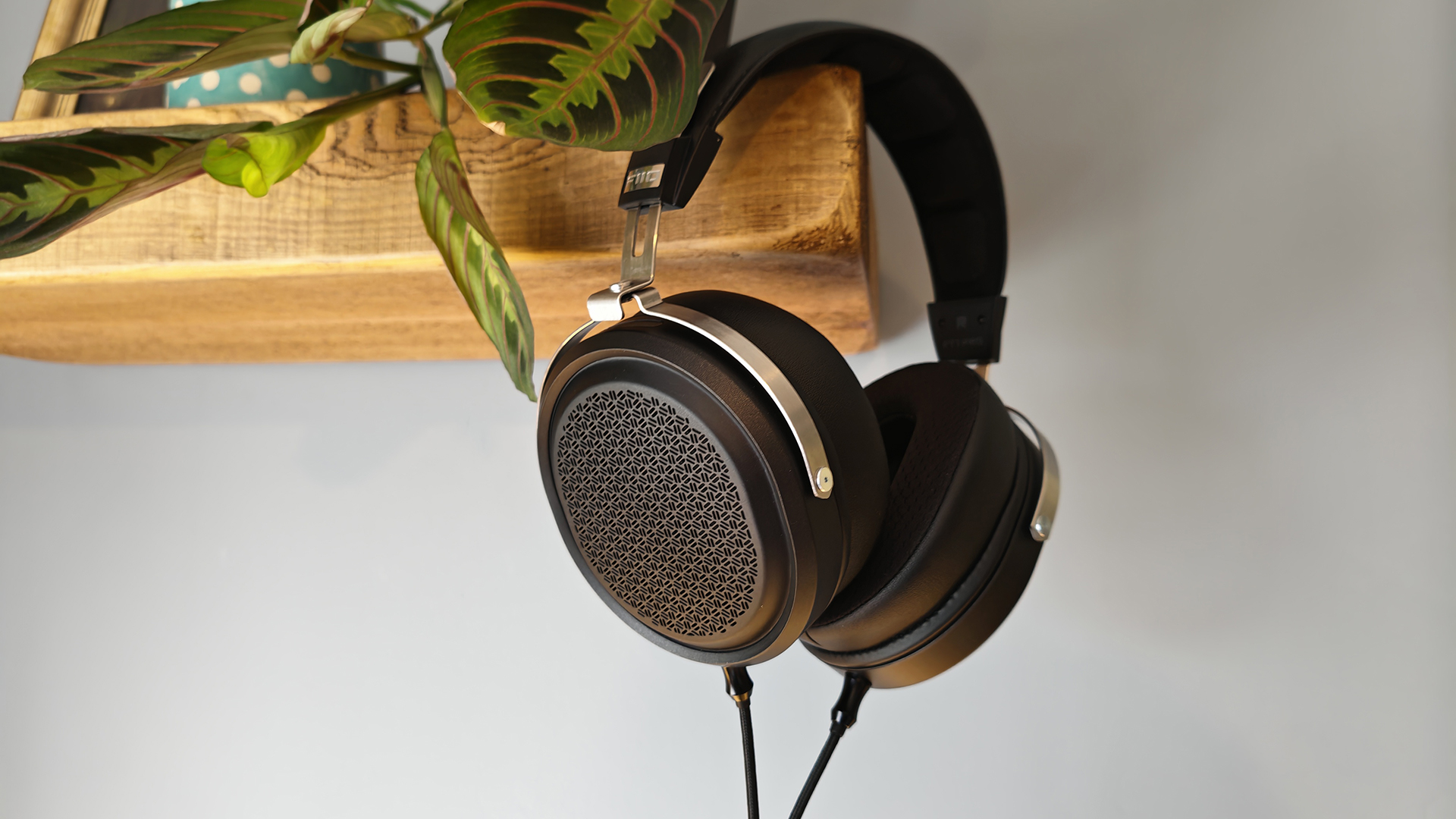10 ways to bring your 3D character art to life
Inject life into your figures as American comic book artist Brian Haberlin reveals ten ways to take your poses from stiff to supple.
You've made the coolest new character ever. You show it to your director or client – and they just yawn. The chances are that it wasn't the fault of your design, sculpt or paint job, but your pose.
A T-pose just doesn't cut it these days. Think of your pose as a way to sell your idea. If it didn't matter, you'd have mannequins, not models, on fashion show runways.
I've had the benefit of working alongside some of the most talented illustrators around; folks who make the still image dynamic and interesting. It's easy to catch the eye with something animated, but when you can make a still feel alive, then you've got something.
Here, I'm going to cover topics that will help you make your images and animations feel dynamic. Some things you'll know, some you'll need reminding of and some should be new – so let's get to it.
01. Start with the sketch
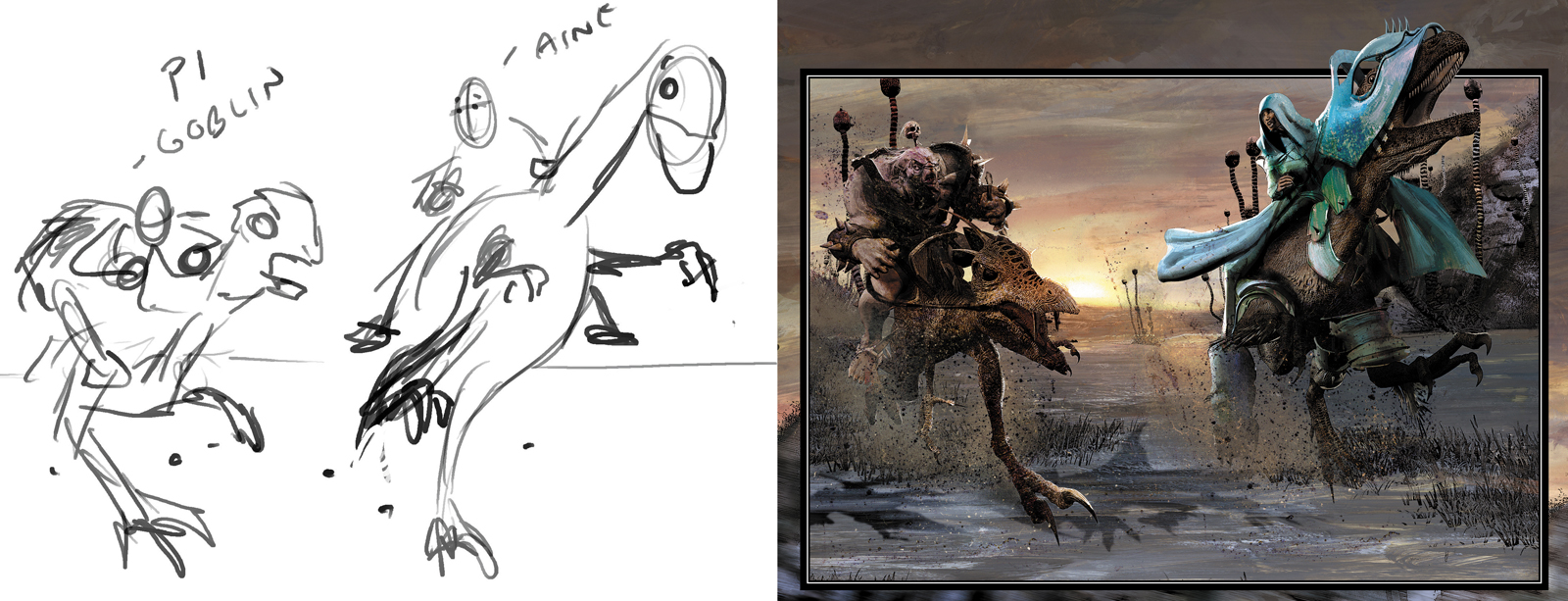
A big mistake is to just jump in with your program of choice and start posing away. Begin with a series of loose sketches of your pose. A gesture sketch is always going to have more energy than any fully rendered image, and you want to tap into that.
You don't need to do anything elaborate – in fact, the looser the sketch is, the better. Then use that as your road map, and use 3D for what it's good for: playing with the camera angle and position to add even more interest and dynamism.
If your final pose is stiff, look back at your initial sketch. You're sure to find something that you missed and can quickly fix. At the same time, make sure your hands aren't tied by the sketch: if something works better in your final pose, go with it.
Daily design news, reviews, how-tos and more, as picked by the editors.
02. Foreground, middle-ground and background
Think about having a clear foreground, middle-ground and background in your image. This is more important when posing multiple figures or scenes.
Disney animators learned this principle decades ago, and it got a fresh coat of paint with the Deep Canvas system adopted for the Tarzan animated film. Don't be shy about your separation of depth planes: if you're mild with it, you might as well not use it at all.
Really bring something close up as a foreground element; let it crop. You can use depth of field to push the effect. Another way to emphasise the look is with atmosphere: let the distance objects be affected by haze, shafts of light, snow, or flying dirt or smoke.
03. Make the pose yourself
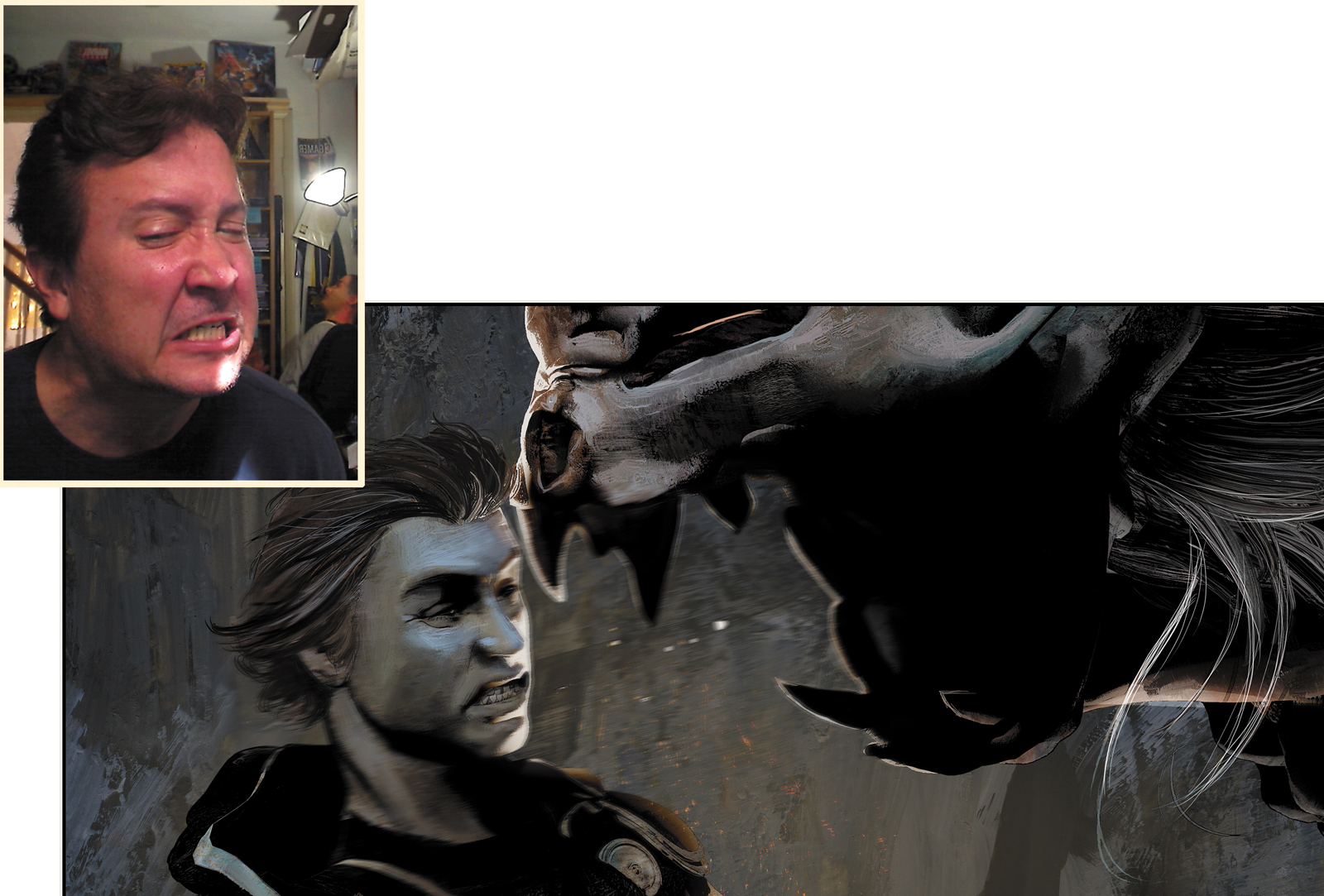
I'll often get a pose from someone in my studio that, while not bad, is somehow wrong. The first thing I do is ask them to act it out. Since even the best rigged model can do things real bodies can't, you must know how actual bodies behave.
Is that bicep turned out too much for the rest of the arm to be posed like that? Can the thumb really rotate that way? This is often more important in relaxed poses than action shots: you need to notice, for example, that the natural pose of relaxed hands is to turn in, with the pinky being the most curled and the index finger being the least.
Have a mirror by your workstation or use a webcam: these are also great for getting the nuances of facial expressions and checking animation moves.
04. Test the silhouette
This is an old art-school trick, but some folks think it's just for concept design now, and it really isn't. Take the pose you're working on and have your program display it in flat-shaded mode. If your pose isn't readable – meaning you can't tell what the character is supposed to be or what it's doing – change it.
05. Think about the shadows
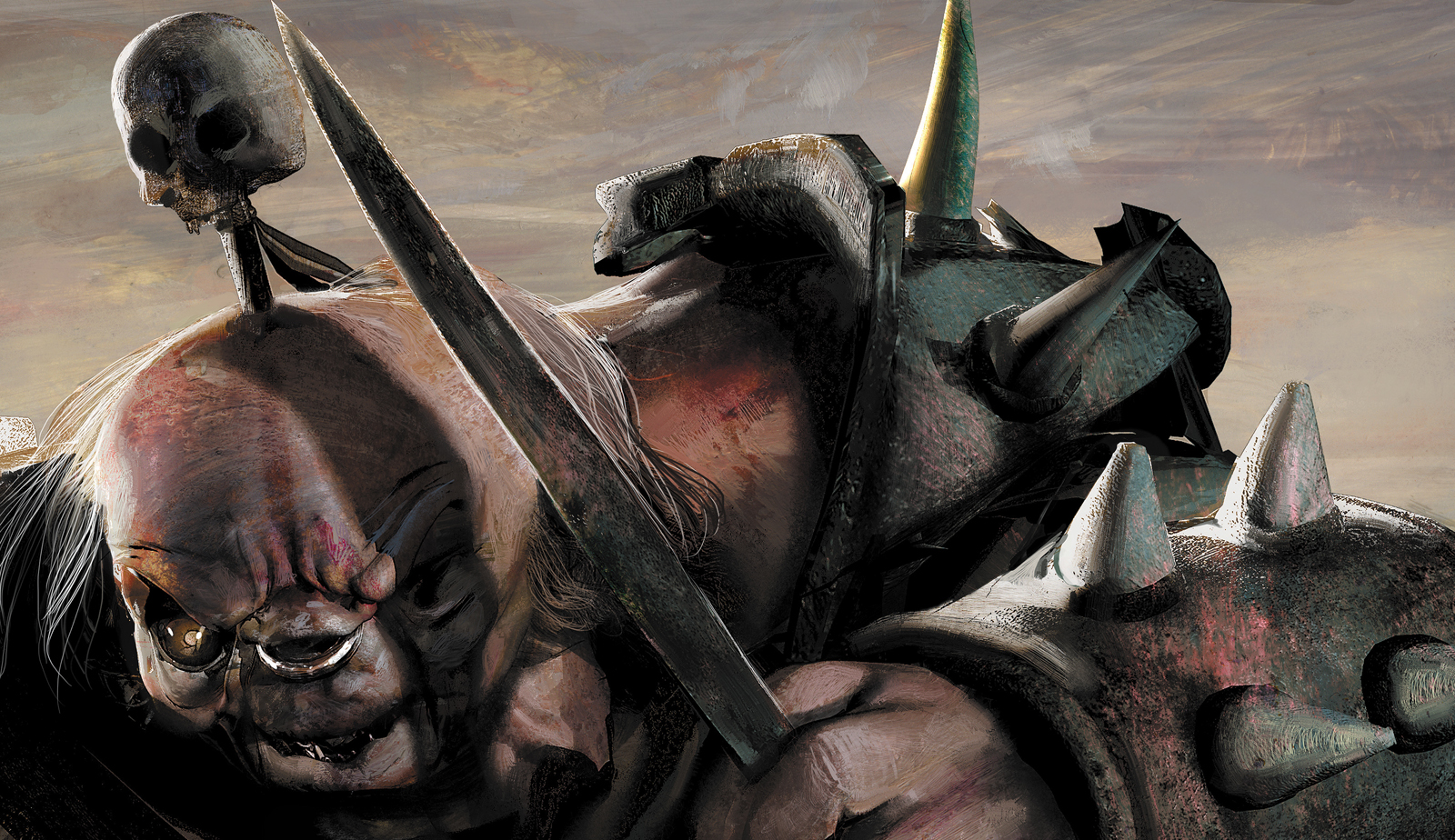
Take into account where your shadows will fall in the pose. Cast shadows always add interest. If you think of your composition as forms and shapes, shadows are what define those forms and shapes. Hair casts shadows back on the face, while the sword arm casts a shadow angularly across the body.
06. Focal length
You have a big, heroic character doing a big, dynamic action pose - and it just looks dead and flat. Check your camera's focal length: I bet it's high, over 70mm or so. That will flatten out the image. For action shots, try 35mm or less on your lens: it will greatly increase the dynamics by accentuating the perspective. A lens over 70mm is more appropriate for portrait shots of characters, where lens distortion isn't needed. You don't want a big nose coming right at you.
07. Asymmetrical, not symmetrical
Mirrored poses are easier to do, but they're only a minor step up from a T-pose. The whole figure is your design tool, so don't slough off one whole side – that's 50 per cent of your image. The only exception to this is when you're doing something that's more like a graphic design element.
08. Consider your frame
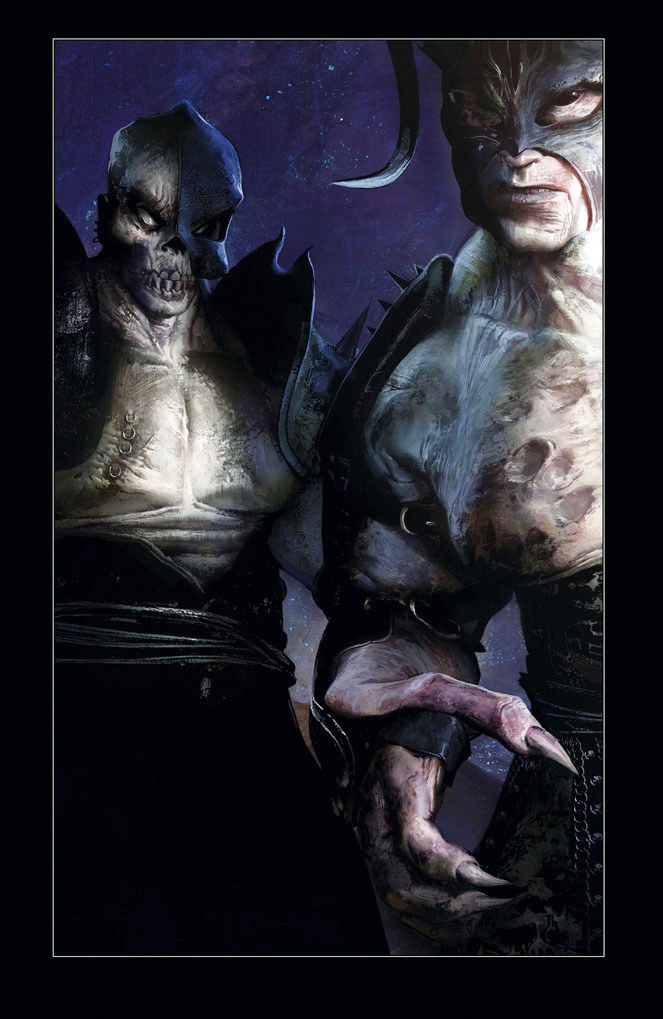
I have to give credit to comicbook great Todd McFarlane for teaching me this tip during my stint as his company's editor-in-chief. The vast majority of the time, you're dealing with a rectangle or square as your final presentation format: whether you're creating for the printed page or a screen, you have linear edges at the side and bottom.
Don't replicate these edges in your piece! The more you can oppose these lines in your pose, with limbs and torsos at angles to them, the more energy your piece will have. Think about these borders as design elements. Don't just place your figure smack in the middle of the frame. If you crop part of a head or body, it can become much more interesting.
09. Laws of gravity
Okay, so you've done everything we've thought about so far. The pose looks good, but there's something not quite natural about it, and you can't put your finger on what it is. There are tools in most packages – gravity, autobalance, ragdoll – that help by adding weight to the pose. Apply your tool, and you'll see that the figure's hips shift as they'd need to for the character not to fall over. They can help in making a pose look more real.
10. Cheat
We've looked at things you should do, but don't forget about the things you shouldn't – what's the point of having rules if you can't break them from time to time? Do what you must to make your pose interesting. That might mean rotating a body into a position that's not holdable in real life to suggest motion, or scaling a body part to make it longer, shorter or larger to make the pose more dynamic.
Words: Brian Haberlin
Brian Haberlin is an American comic book artist, writer, editor and producer. He teaches at Minneapolis College of Art and Design, and produces tutorial downloads.

The Creative Bloq team is made up of a group of art and design enthusiasts, and has changed and evolved since Creative Bloq began back in 2012. The current website team consists of eight full-time members of staff: Editor Georgia Coggan, Deputy Editor Rosie Hilder, Ecommerce Editor Beren Neale, Senior News Editor Daniel Piper, Editor, Digital Art and 3D Ian Dean, Tech Reviews Editor Erlingur Einarsson, Ecommerce Writer Beth Nicholls and Staff Writer Natalie Fear, as well as a roster of freelancers from around the world. The ImagineFX magazine team also pitch in, ensuring that content from leading digital art publication ImagineFX is represented on Creative Bloq.
